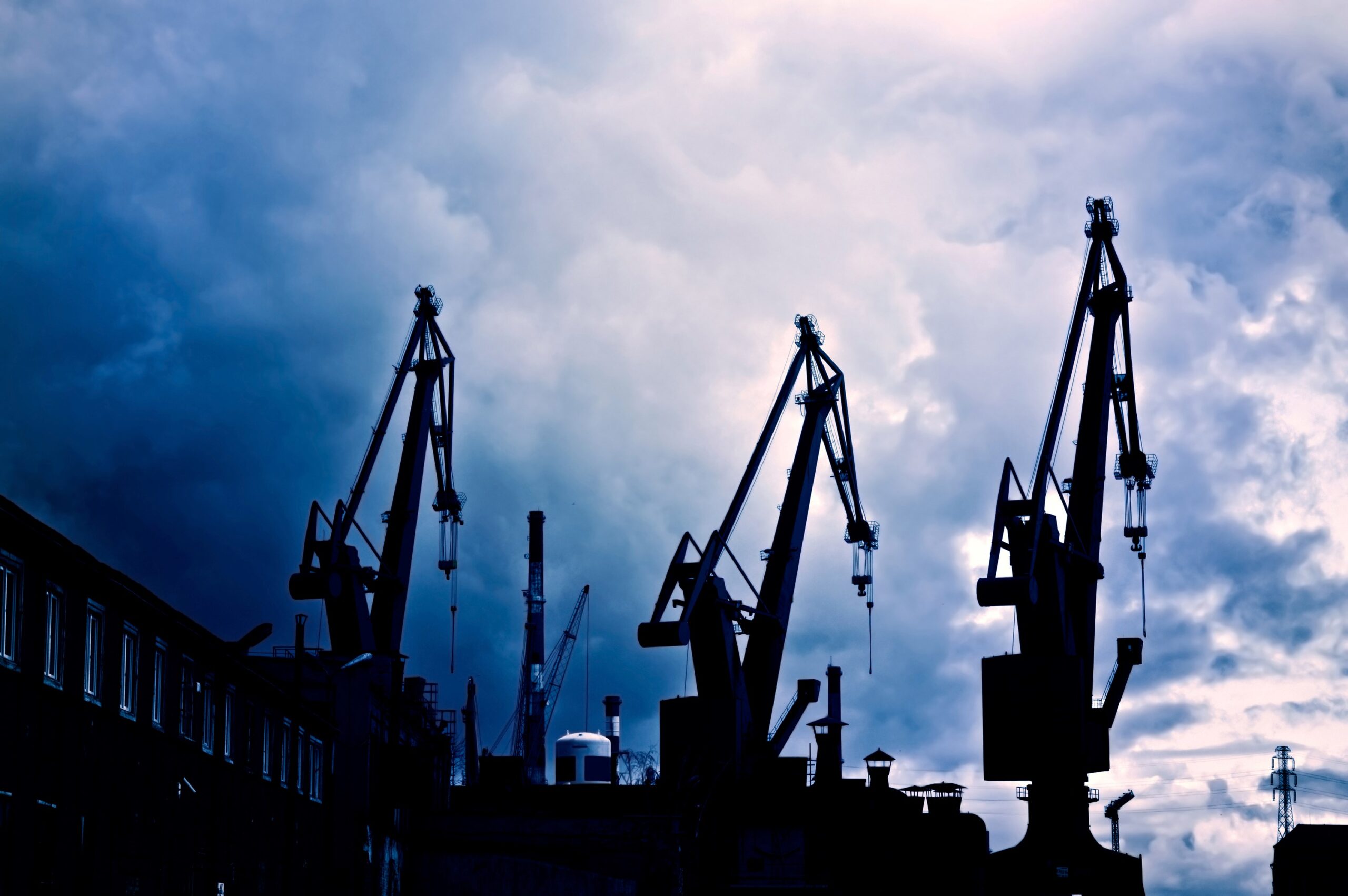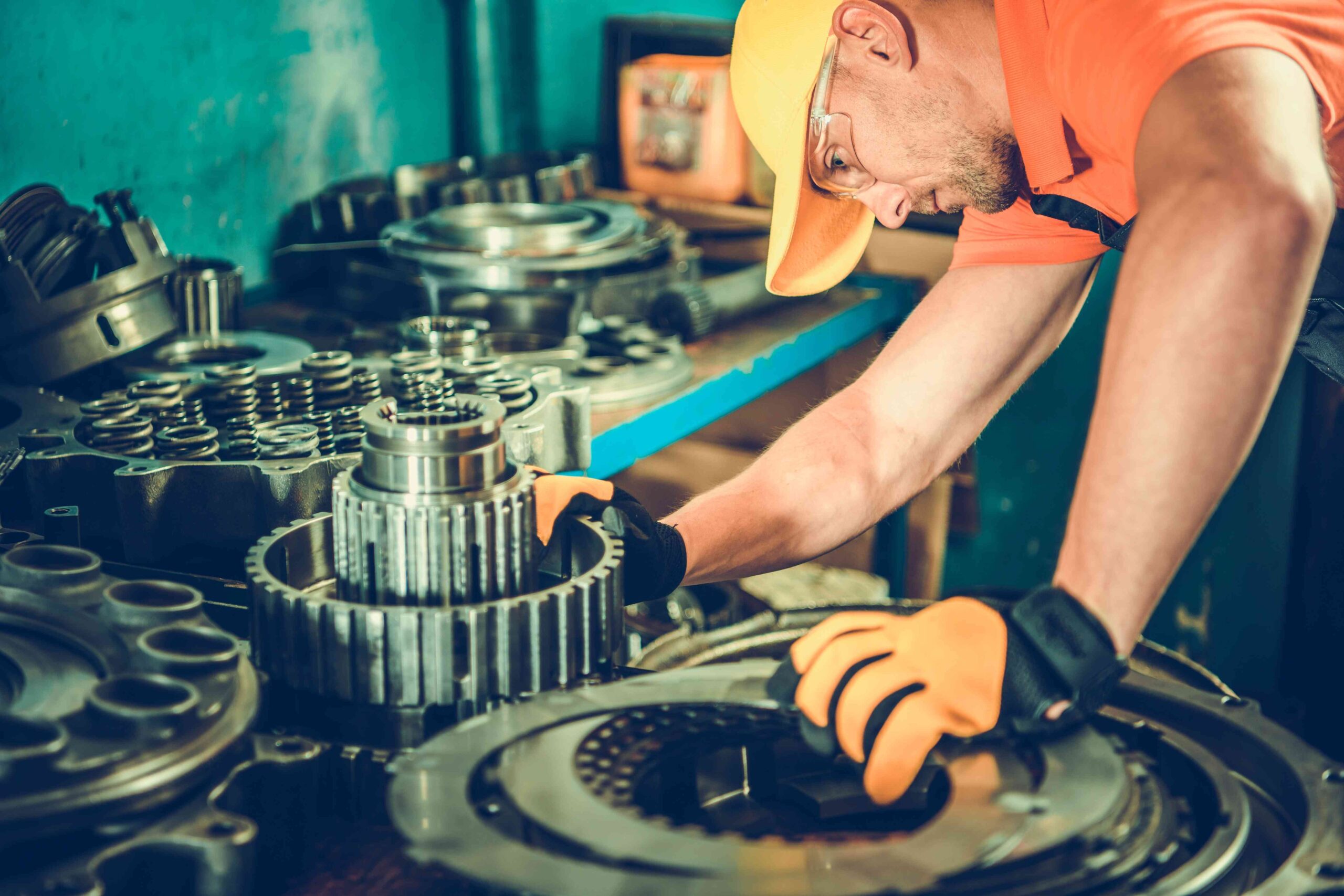PROGRAM SCHEDULE
Ref No: ME 110 Program Name: Centrifugal Compressor Operations and Maintenance
| Starts | Ends | Venue | Fees | Join Now |
| 27 May 2024 | 31 May 2024 | Istanbul, TR | $ 5,750 | Registration Closed |
| 22 Jul 2024 | 26 Jul 2024 | Dubai, UAE | $ 4,750 | Registration Closed |
| 10 Feb 2025 | 14 Feb 2025 | Dubai, UAE | $ 4,750 | Registration Closed |
| 02 Jun 2025 | 06 Jun 2025 | Istanbul, TR | $ 5,750 | |
| 21 Jul 2025 | 25 Jul 2025 | Dubai, UAE | $ 4,750 |
PROGRAM DETAILS
Introduction
Maximum efficiency, reliability, and longevity of compressors are of great concern to many industries. These objectives can only be achieved by understanding the characteristics, selection criteria, sealing arrangements, common problems, repair techniques as well as their preventive and predictive maintenance. This course is a must for those who use this equipment. It covers how compressors operate and provides the guidelines and rules that must be followed for their successful operations and maintenance. This course will focus on centrifugal compressor operations, start up and shut down along with the operation problems. The course will also cover all aspects of centrifugal compressor maintenance including compressor systems, component maintenance and repair, assembly and disassembly of major items. Centrifugal compressor troubleshooting, failure analysis and case studies will be presented.
Who Should Attend?
- Process engineers, design engineers, plant engineers, maintenance engineers, supervisors, operators and technicians.
- The course will be of great interest to Oil and Gas Industries, chemical process industries, power generation plants and others industries that must use centrifugal compressors.
Course Objectives:
Upon successful completion of this course the participant should be able to:
- Describe the working principle of centrifugal compressor and how to operate it.
- Gain a thorough understanding of compressor operation, start up and shut down.
- Gain a thorough understanding of compressor surge and surge prevention systems.
- Define the items that must be considered when performing centrifugal compressor maintenance.
- Describe the type of defects that are found in centrifugal compressor components during inspection.
- Identify causes for the defect
- List the corrective actions concerning the defect.
- Describe the checks and inspections performed during centrifugal compressor disassembly and reassembly.
- Describe the proper method for cleaning and inspecting various centrifugal compressor components.
- Select bearings and lubrication system of compressor as well as using oil analyses as a predicative maintenance tool.
- Gain a thorough understanding of the various types of sealing arrangements used in centrifugal compressors.
- Determine the maintenance required to minimize centrifugal compressor downtime, operating cost and maximize the efficiency, reliability, and useful life.
- Understand the major causes of failures in compressors and methods of preventing failures.
Training Methodology
The course will be conducted with formal lectures, case studies and interactive worked examples will be provided. This training course includes the following training methodologies as a percentage of the total tuition hours:-
50 % Lectures
30 % Case Studies & Practical Exercises
20 % Videos and General Discussions
The course instructor may modify the above training methodology during the course for technical reason.
Course Outlines
Day 1
Theory
- Course Introduction
- First Law of Thermodynamics
- Second Law of Thermodynamics
- Ideal or Perfect Gas Laws
- Boyle’s Law
- Charles’ Law
- Avogadro’s Law
- Perfect Gas Formula
- Vapor Pressure
- Gas and Vapor
- Partial Pressures
- Critical Conditions
- Compressibility
- Gas Mixtures
Compressor Types and Applications
- Introduction to the compressor types
- How a centrifugal compressor works
- How a positive displacement compressor works
- Different between dynamic and positive displacement compressor
- How screw compressor works
- How lobe compressors works
- How a reciprocating compressor works
- Dynamic Compressors Technology
- Introduction
- Centrifugal compressors technology
- Axial compressors overview
- Principle of operation of centrifugal compressors, single-stage (low ratio) centrifugal compressors, multi-stage horizontally split compressors, multi-stage (barrel) centrifugal compressors and multi-stage integral gear centrifugal compressors.
- Principle of operation of axial flow compressors, characteristics of axial flow compressor
Day 2
Understanding Centrifugal Compressors
- Centrifugal Compressors, Fans, or Blowers?
- Centrifugal Compressor Configurations and Components
- Casing Configuration
- Horizontally Split Compressor Casings
- Vertically Split Compressor Casings
- Axially vs. Radially Split
- Compression Stages Versus Sections
- Compressor Impellers
- Impeller Geometry
- Impeller Arrangements on Compressor Shafts
- Impeller Thrust
- Diffusers
- Diaphragms
- Interstage seals
- Balance piston seals
- Internal Labyrinths
- Compressor Bearings
- Radial Bearings
- Thrust Bearings
- Shaft Seals
- Dry Gas Seals and Support Systems:
- Comparison of Dry Gas Versus Wet Sealing Systems
- Principles of Dry Gas Seals and Construction Features
- Dry Gas Seal Support Systems
- Reliable Auxiliaries are Important for Dry Gas Seals
Design Considerations
- Tightness
- Material Stress
- Nozzle Location and Maintenance
- Flow Path
- Rotors
- Compressor balancing drum (piston), thrust collar
- Axial Blading
- Inlet guide vanes and variable guide vanes
- Bleed valves
- Rotor Dynamic Considerations
- Fouling and Its Effect on Compressor Operation
Day 3
Centrifugal Compressor Control
- The performance curves
- Limits of flow rates: Surge line and stone line
- Limits of operating speed: First and second critical speed
- Effect of speed variation
- Effect of inlet conditions
- Effect of gas molecular weight
- Performance Characteristics
- Performance of different types of compressors
- Slope of the centrifugal compressor head curve
- Stonewall
- Surge
- Off-design Operation
- Surge Prevention Systems
- Surge Identification
- Surge and Surge Control
- Capacity regulation system
- Anti- surge control system
- Vibration control system
- Alarm and trip system
Compressor Auxiliary Systems
- Compressor Seal Systems
-
- Introduction, the supply systems, the seal housing system, the atmospheric draining system, the seal leakage system, the drainer, the vent system, the degassing tank, the supply system, the seal housing system
- Gas seals, liquid seals, liquid bushing seals, contacts seals, restricted bushing seals, seal supply systems, flow through the gas side contact seal, flow through the atmospheric side bushing seal, flow through the seal chamber, seal liquid leakage system
- Dry Seals, Advanced Sealing Mechanisms and Magnetic Bearings
-
- Introduction, background, dry seals, operating principles, operating experience, problems and solutions, upgrade developments of dry seals, prevention of dry gas seal failures by gas conditioning, need for training, minimizing the risk of sealing problems
- Compressor lubrication systems.
Day 4
Centrifugal Compressor Operation
- Compressor start-up and shut down.
- Speed limits.
- Required speed calculations
- System Resistance
- Inlet conditions Effects
- Parallel and series operation.
Centrifugal Compressor Troubleshooting
- Guidelines for trouble-free centrifugal compressor operation
- Troubleshooting procedure
- Examples from recent failure incidents attributed to design defects, processing and manufacturing deficiencies, assembly errors, off-design or unintended service conditions, maintenance deficiencies, etc.
- Liquid Entrainment
- Compressor fouling
- Cleaning Centrifugal Compressors
- Compressor off-design performance, low rotational speeds, high rotational speeds
- Performance degradation
- Excessive vibration
- Surge and anti surge system
Day 5
Centrifugal Compressor Maintenance and Testing
- Maintenance types & strategies.
- Common problems associated in the rotating equipment in general.
- Setting maintenance frequencies and procedures
- Preparing inspection and overhaul plans and schedules
- Preparing spare parts orders using manufacturer’s documents
- Disassembly / assembly procedures for barrel compressor
- Removal of bearings, and seals. Measuring bearing clearances.
- Strip down, removal for the rotor, balancing of rotor and rotor inspection.
- Compressor rotor repair and clean up.
- Compressor seals: labyrinth seal & dry mechanical seal
- Compressor auxiliary systems; lubrication, sealing, cooling, surge control and their inspection.
- Lubrication Systems
- Inlet Filtration
- Sealing Systems
- Shaft Deflection
- Shaft Alignment
- Failure characteristics, nature of failures and the causes.
General Discussion





